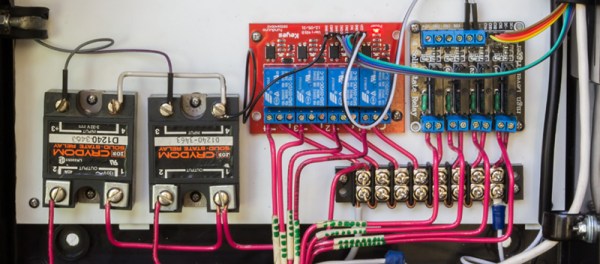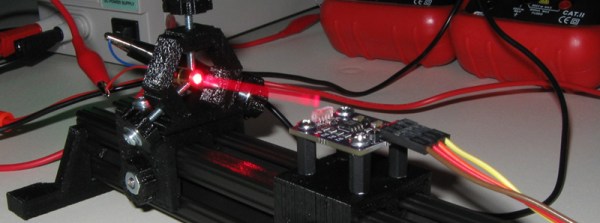A while back, [Kyle] wanted to grow gourmet mushrooms. The usual way of doing this is finding a limestone cave and stinking up half the county with the smell of manure. Doing this at home annoys far fewer neighbors, leading him to create a device that will regulate temperature, humidity, and carbon dioxide concentration. It’s called Mycodo, and it’s one of the finalists for the Automation portion of the Hackaday Prize.
Mycodo is designed to read sensors and activate relays, and when it comes to environmental sensors, there’s no shortage of sensors available. Right now, Mycodo has support for the usual DHT11 and DHT22 temperature and humidity sensors, HTU21D, AM2315, SHT* DS18B, and infrared sensors like the TMP006 and TMP007. These are connected to a Raspberry Pi equipped with a 7-inch touchscreen and a few relays to turn power outlets on and off. It’s not a complete system, though: think of it as a firmware for a 3D printer – the firmware doesn’t give you a 3D printer, it just makes building your own much easier.
Already Mycodo has been used for a few environmental control issues in addition to growing mushrooms. It was used to control the humidity in a bat cave – for real bats, not some cosplay thing – and a temperature- and humidity-regulated apiary. With the right environmental control system, there’s nothing you can’t do, and we’re glad to have Mycodo in the running for the Hackaday Prize.






















